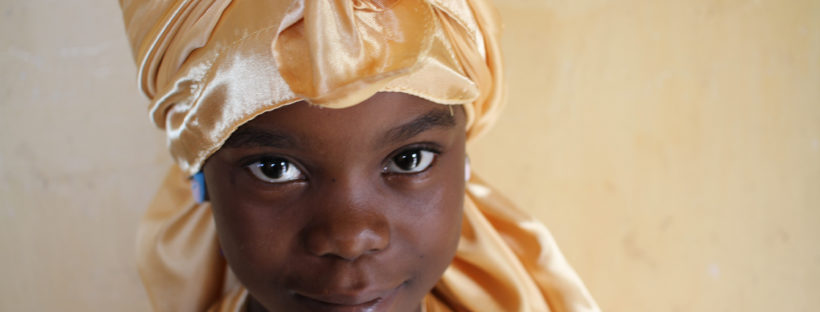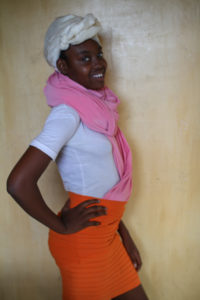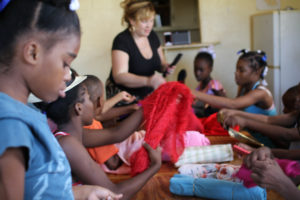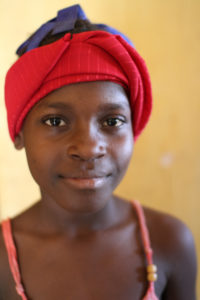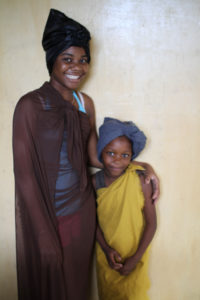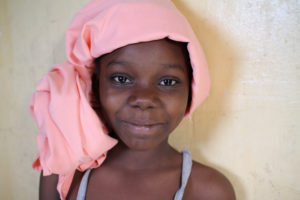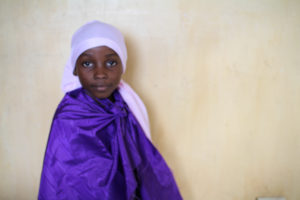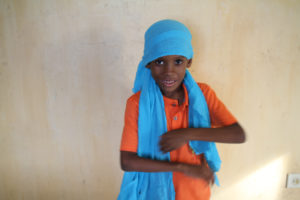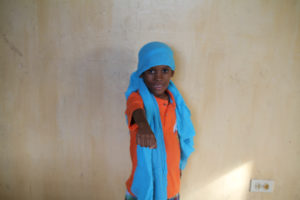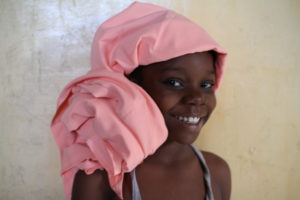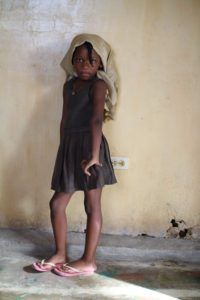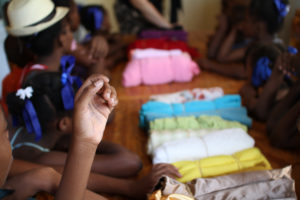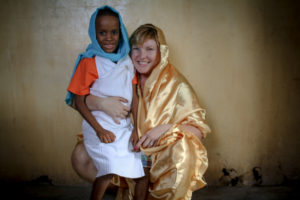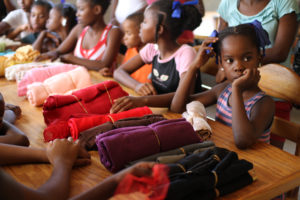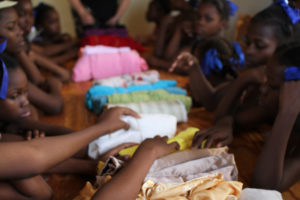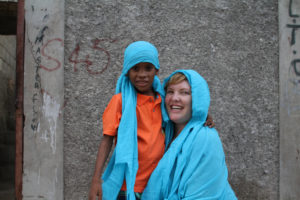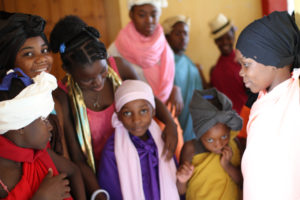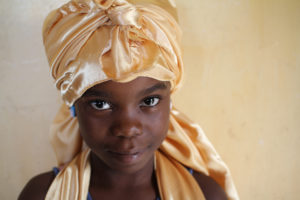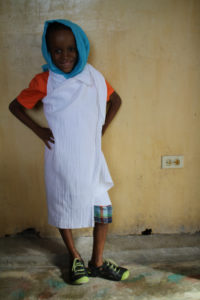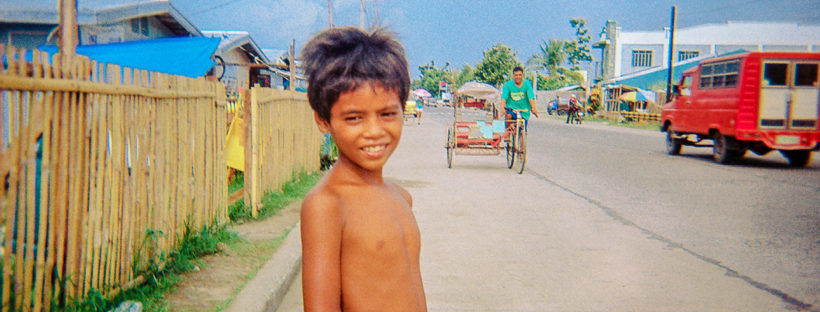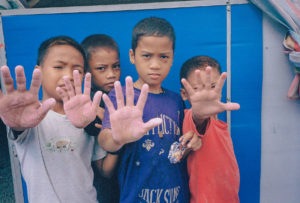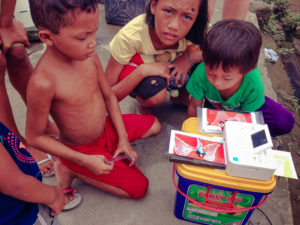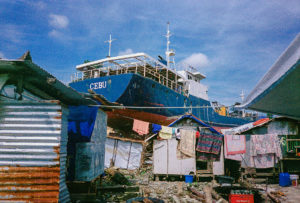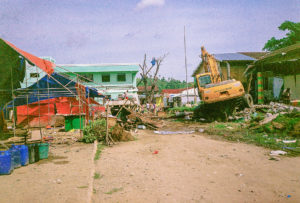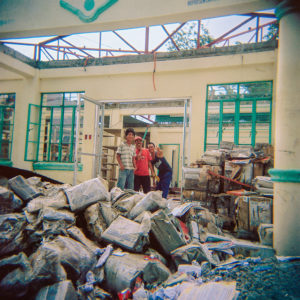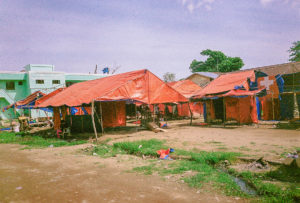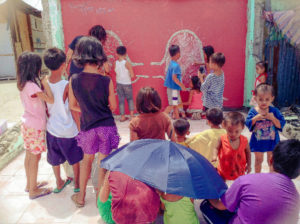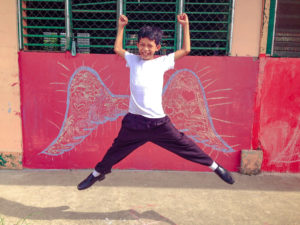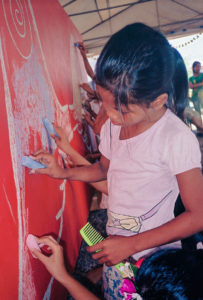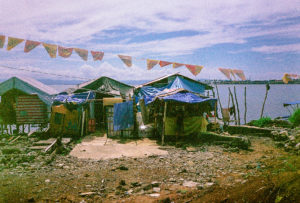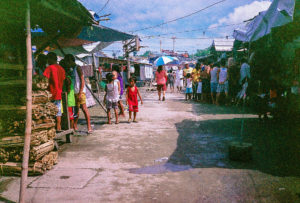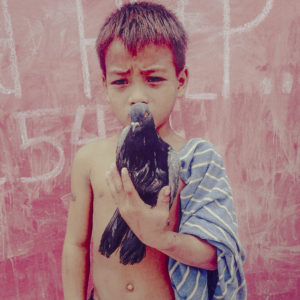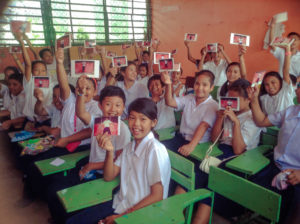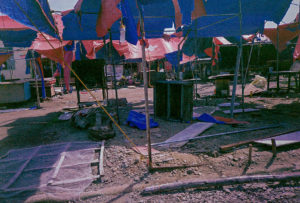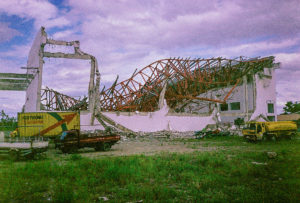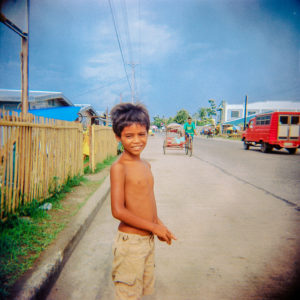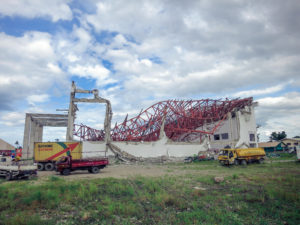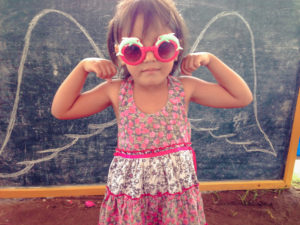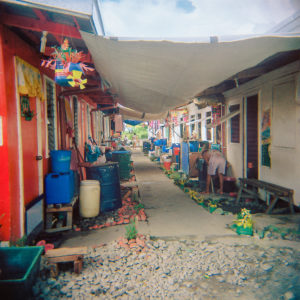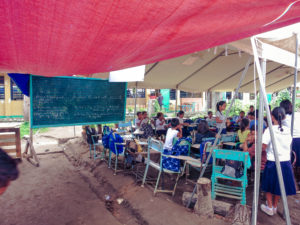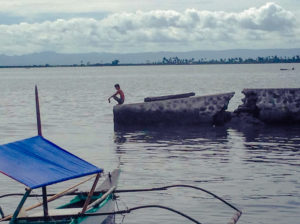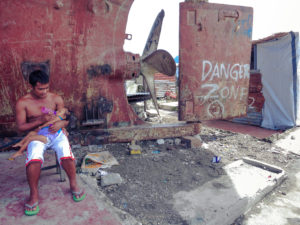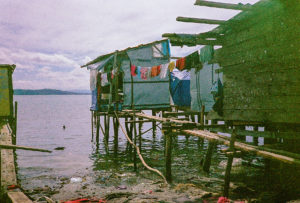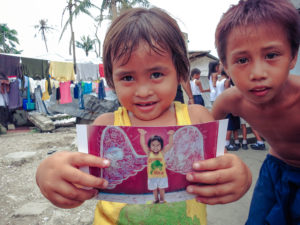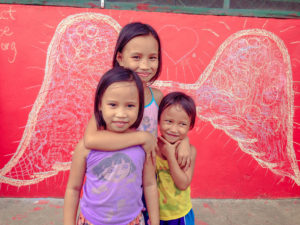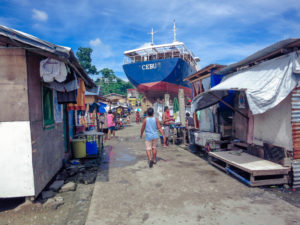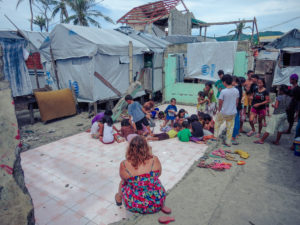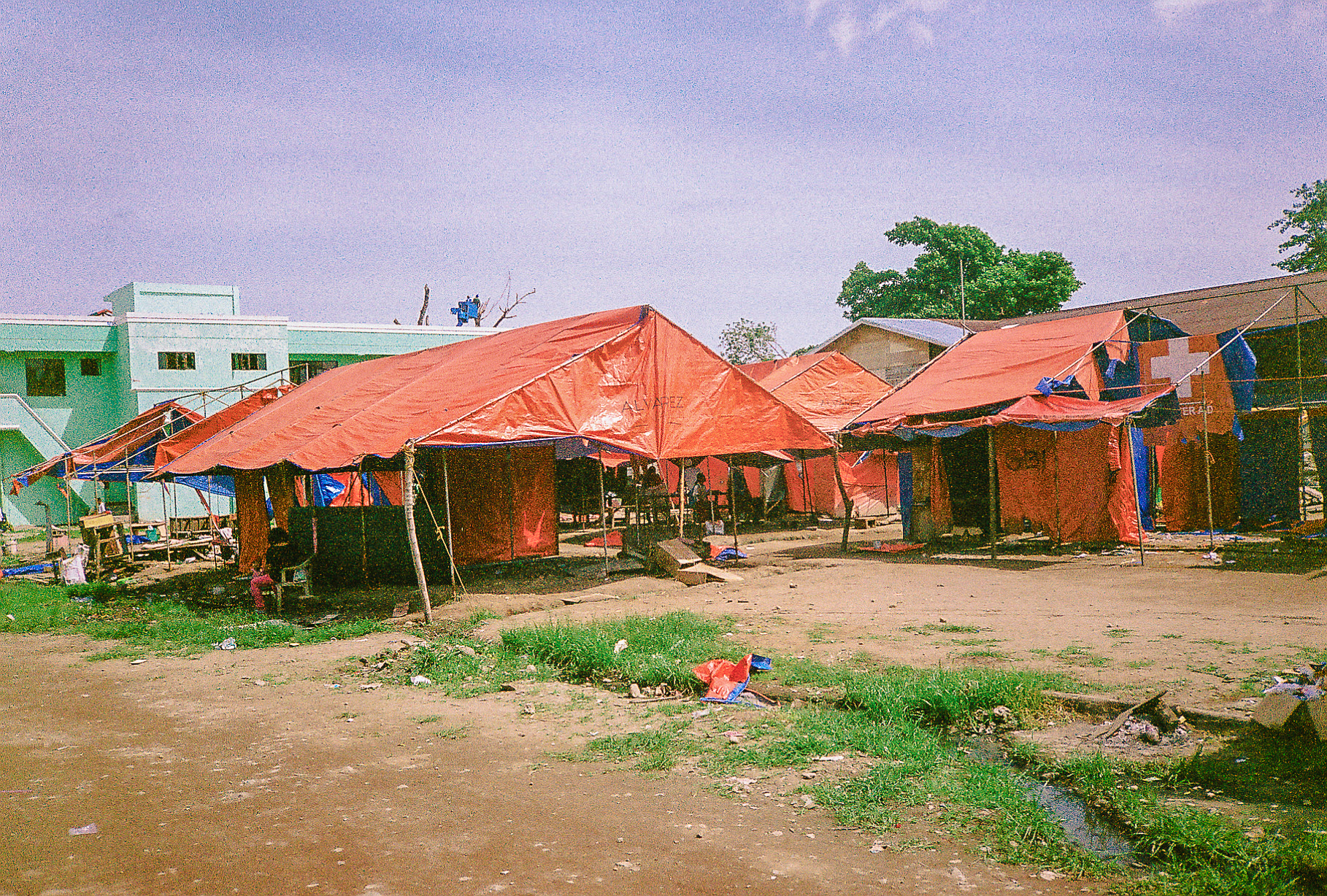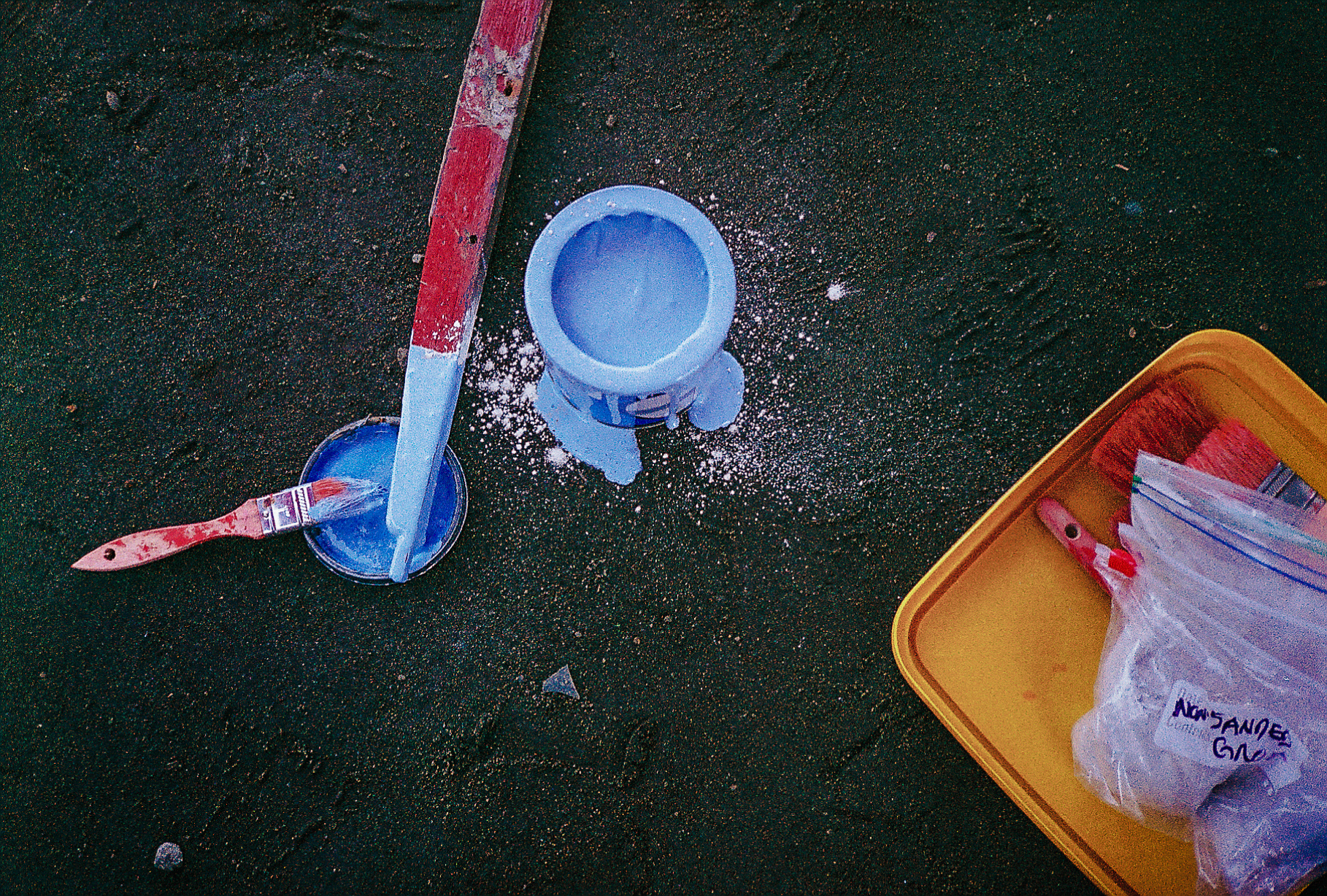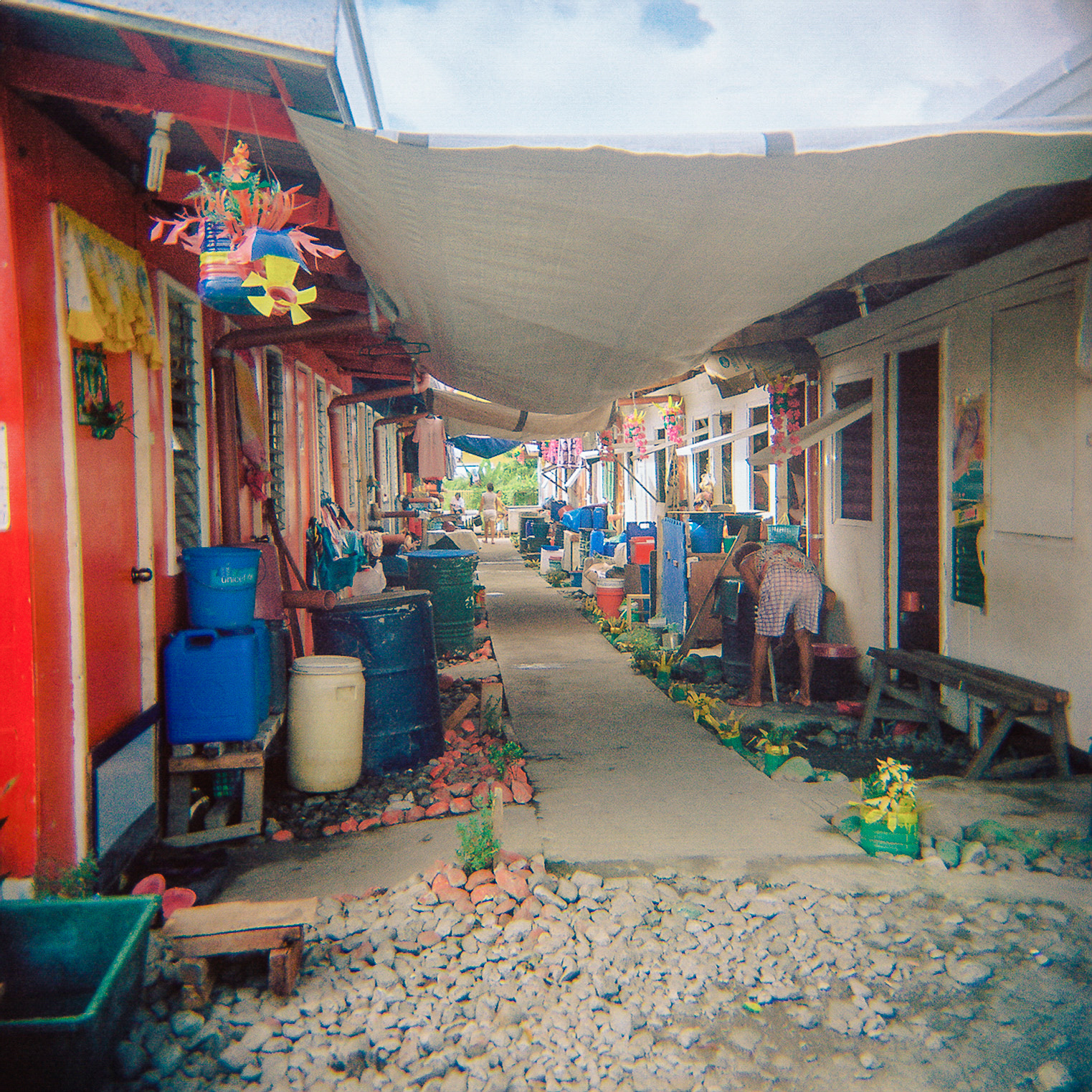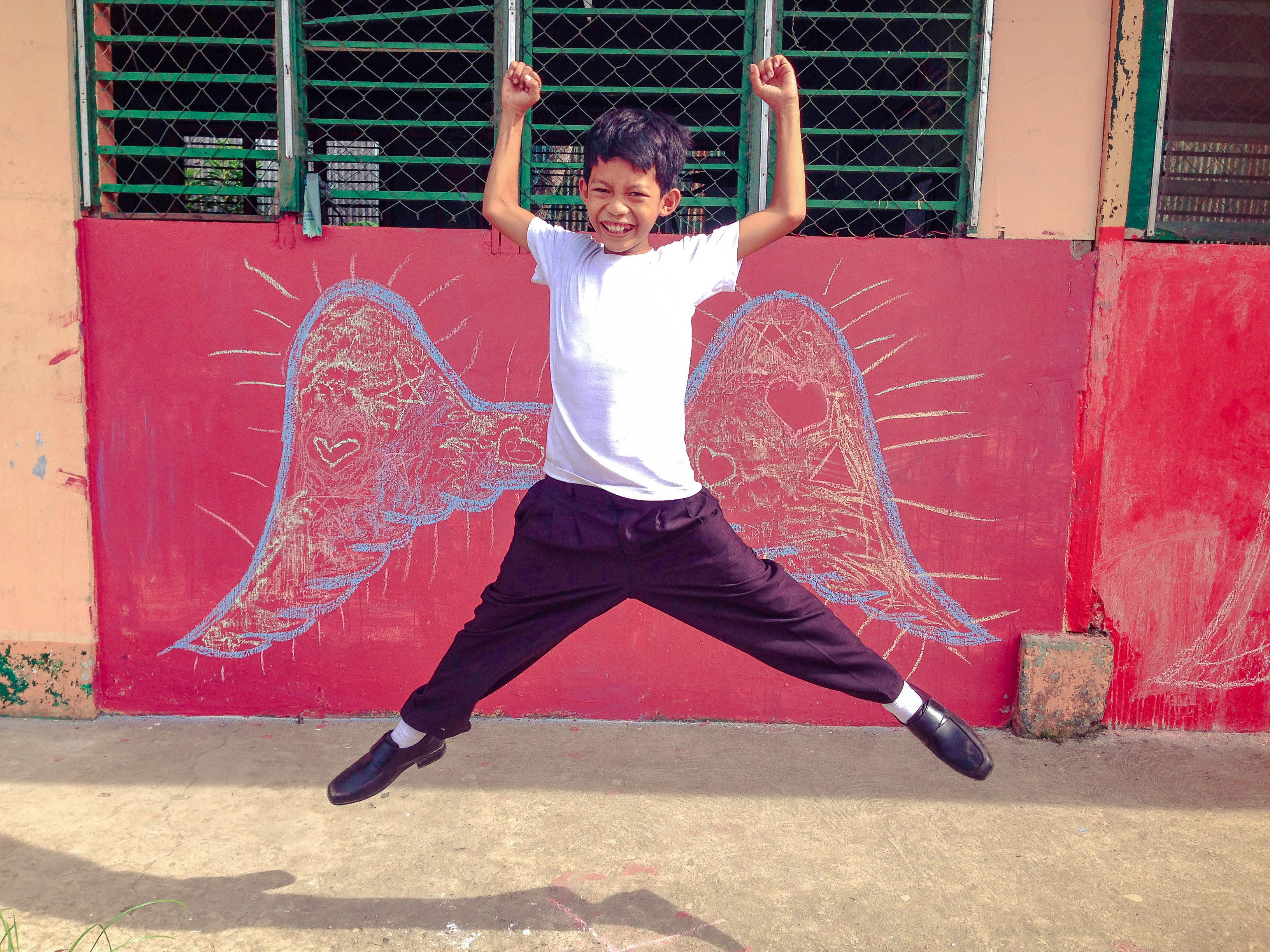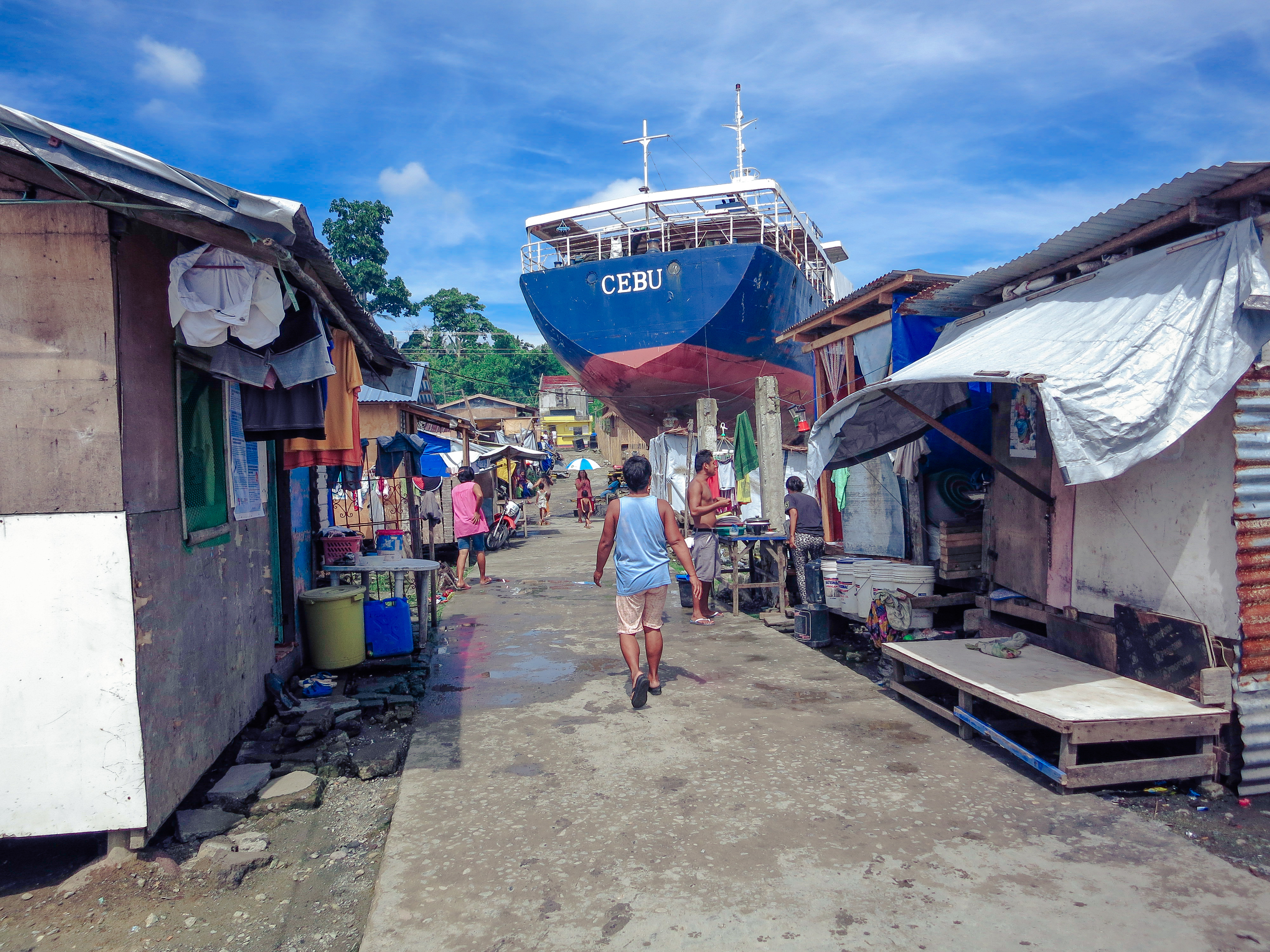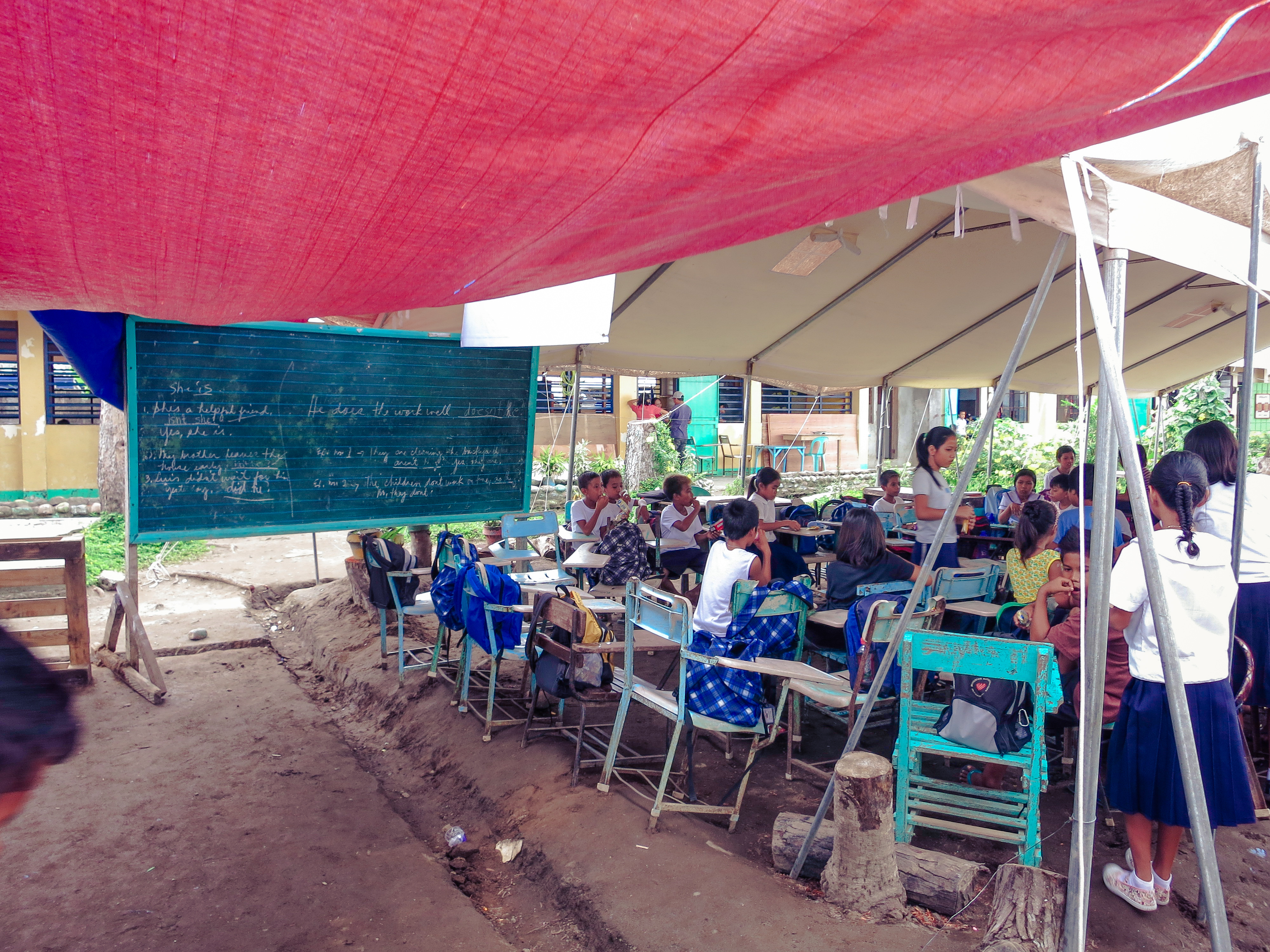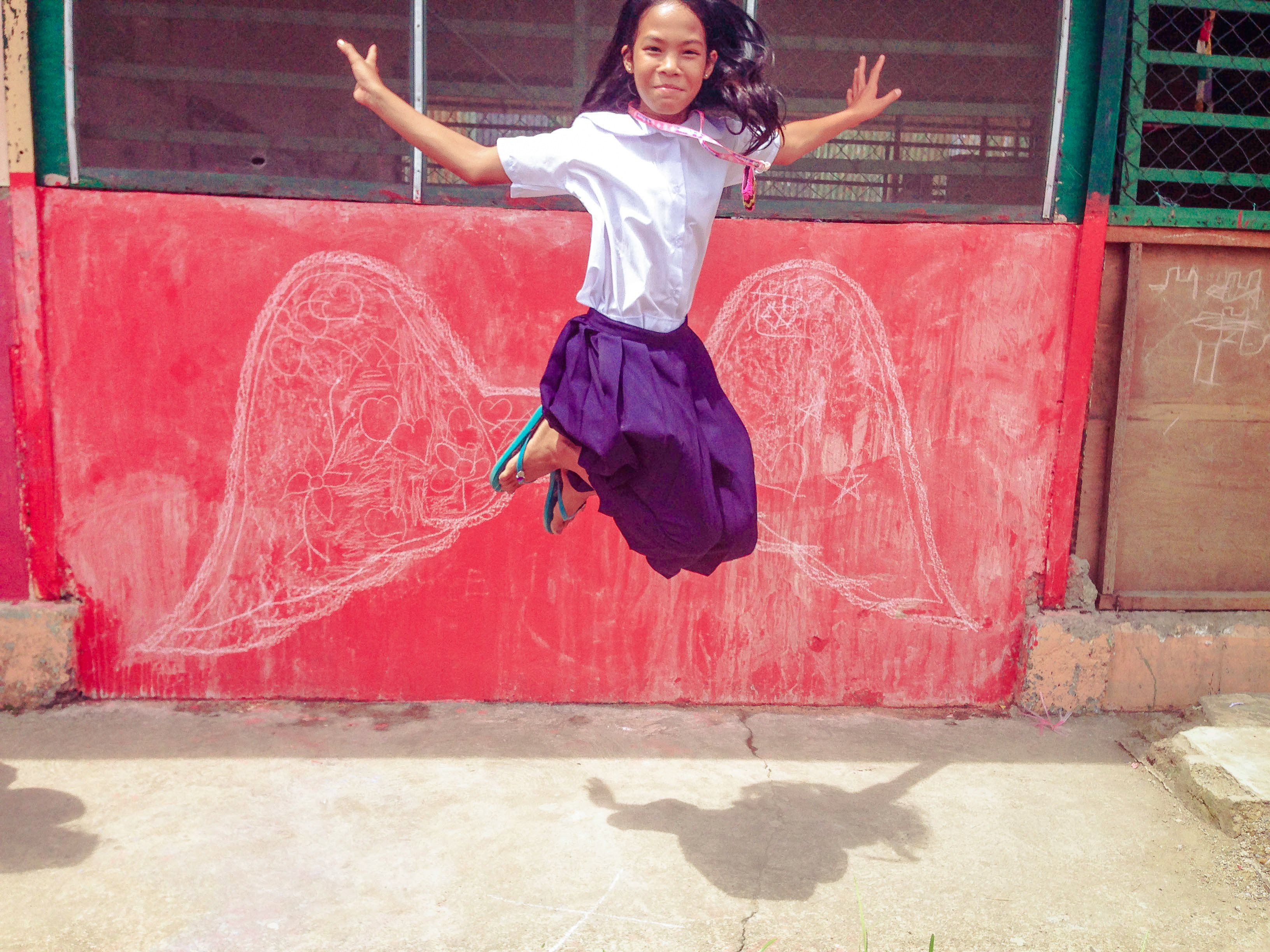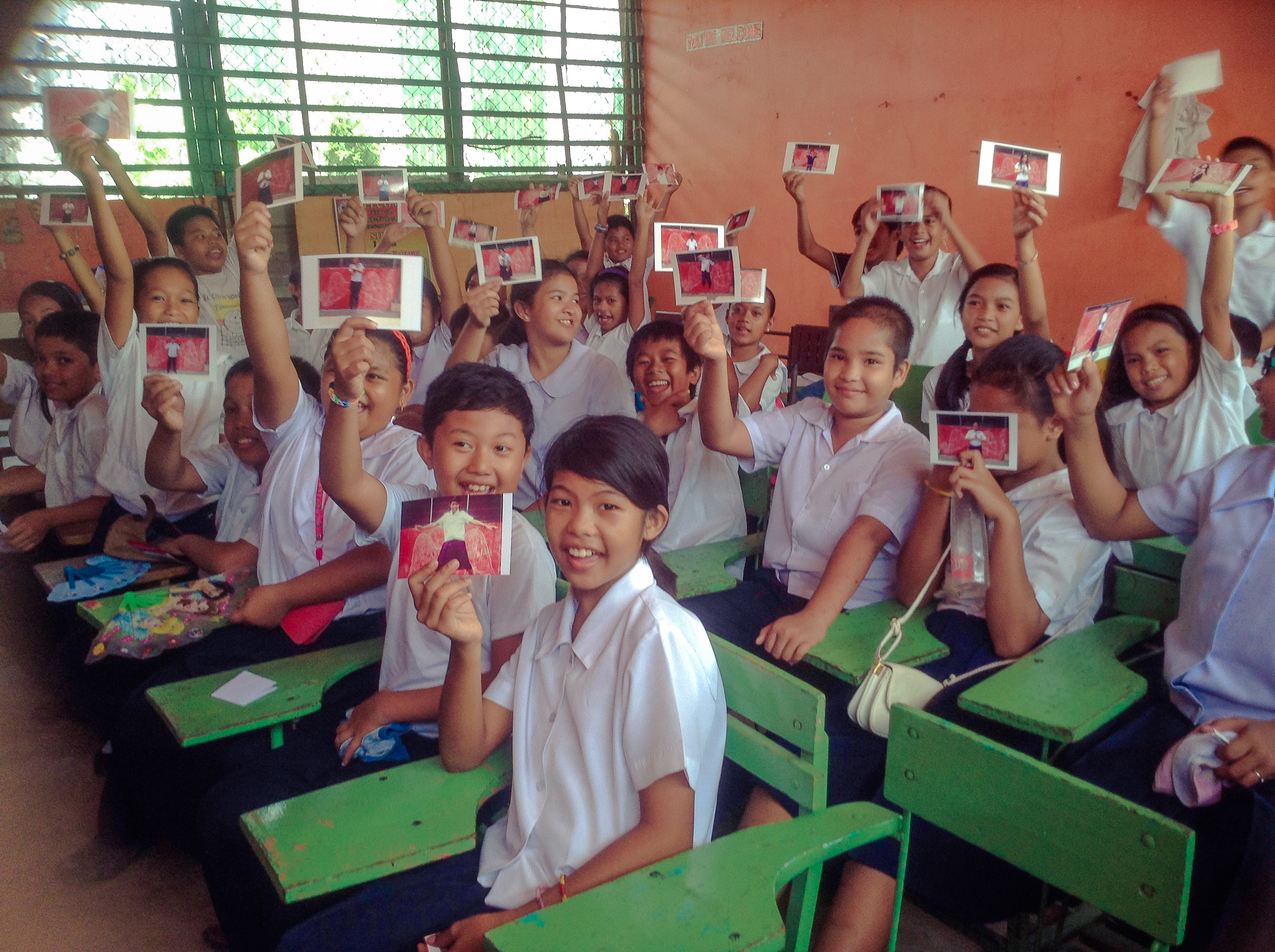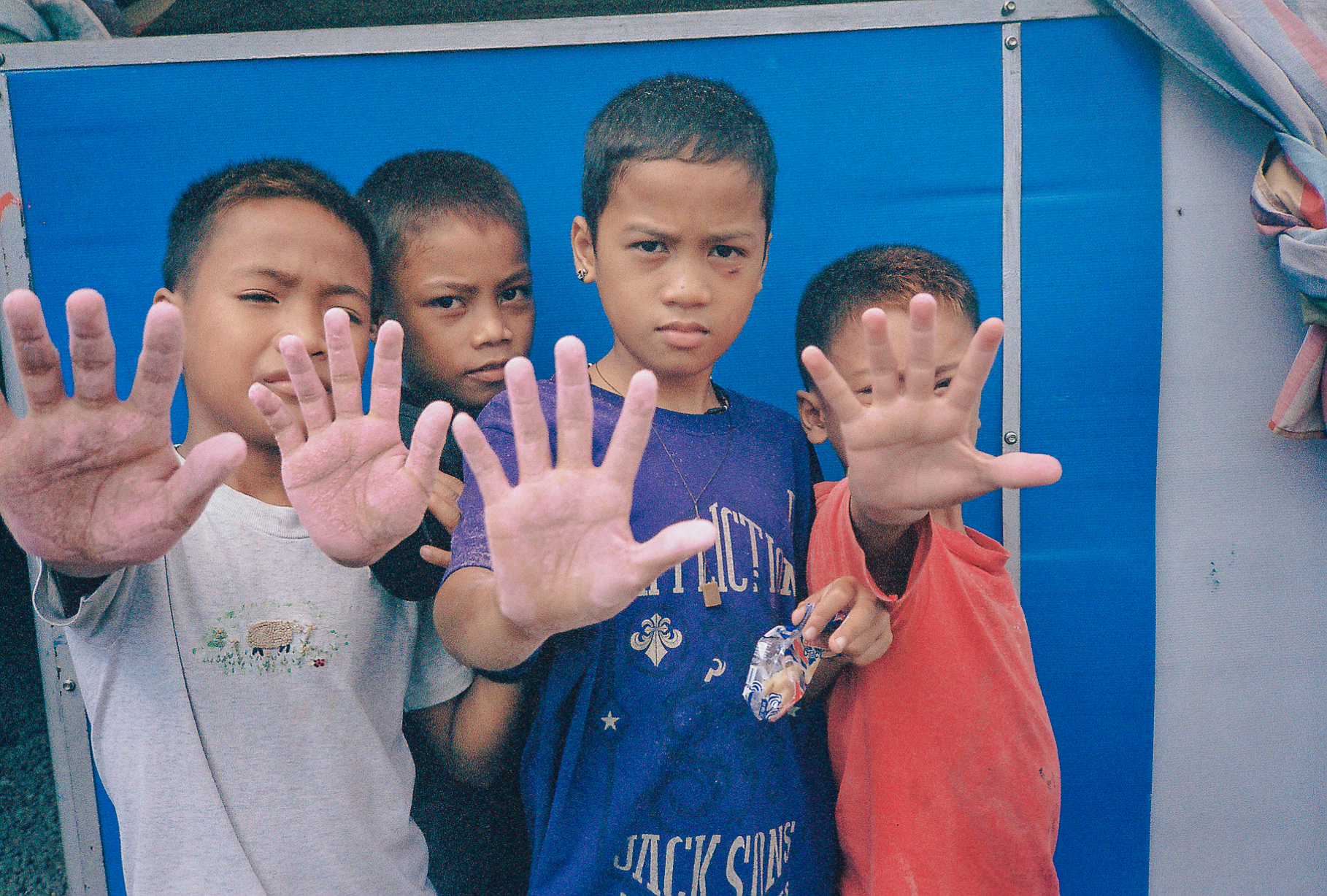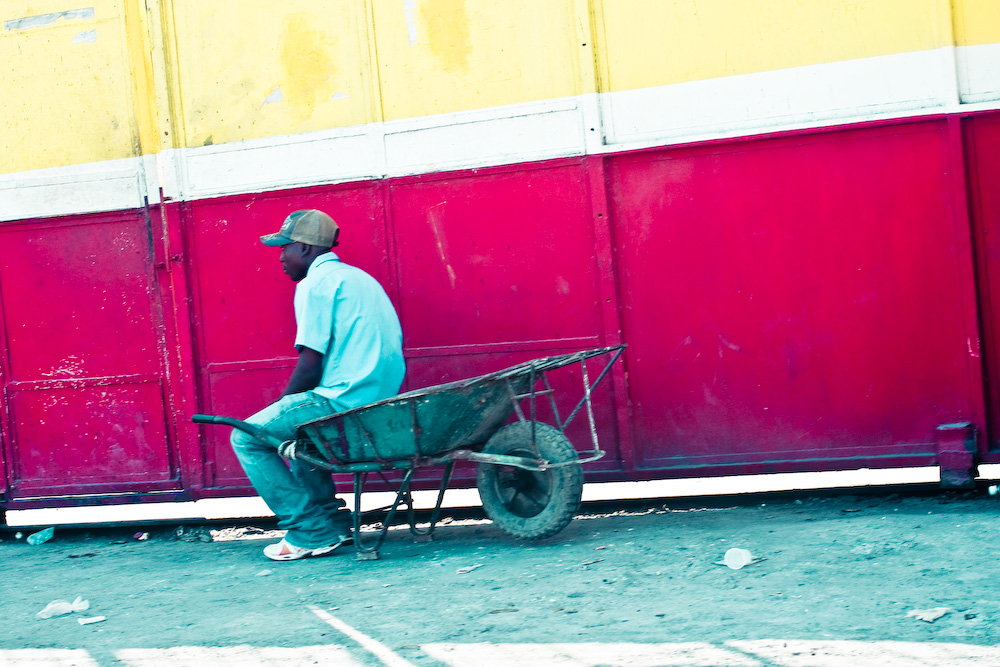The Rainbow Brigade || Lakansyel Squad … One of Project HOPE Art’s happiest afternoons in a long time. With just $20 worth of scrap fabric, 2 pairs of scissors, a flair for playing dress up, elaborate and inventive braiding skills, some portable lights – we wrapped the orphanage in rainbow braids.
Love Wins!
Our Art Director, Rachel Znerold started the Rainbow Braid idea in the States with various Musical Performers. We brought the idea to Haiti, on a small scale, in homage to the deep cultural history of African Braiding. Braiding hair was one of the few practices that slaves could hold onto and continue to openly practice in the New World.
We wanted to create a project that the girls at the orphanage could participate in with almost zero instruction and put their own flair and ideas into it. We wanted a whimsical, happy project. And we wanted to infuse solar lights into the project outcome as this orphanage does not have electricity and it gets dark at 5pm.
So here it is, the The Rainbow Brigade || Lakansyel Squad:
Braids are regarded as a cultural trait of the African people, and they can also be a fashion statement. The history of African tribes and the cultural significance of braiding is deep and long.
Africa is a large continent, which consists of innumerable tribes. The Massai and Zulu are among the primary tribes. Others include:
Afar
Anlo-Ewe
Amhara
Ashanti
Bakongo
Bambara
Bemba
Berber
Bobo
Bushmen
Chewa
Dogon
Fang
Fon
Fulani
Himba
Ibos
Kikuyu
Pygmies
Samburu
Senufo
Tuareg
Wolof
Yoruba
Tribal girls have varied cultures, and the hairstyles are unique and used to identify each tribe. Braid patterns or hairstyles indicate a person’s community, age, marital status, wealth, power, social position, and religion.
Elaborate patterns are done for special occasions like weddings, social ceremonies or war preparations. People belonging to a tribe can easily be identified by another tribe member with the help of a braid pattern or style.
Immense importance is given to the custom of braiding. The person who braids hair performs it as both a ritual and a social service. It is an art form taught by the senior female member of the family to her daughters and close friends. The person who braids well is considered an expert. The man or woman who braids does it as a social duty. No rewards are expected.
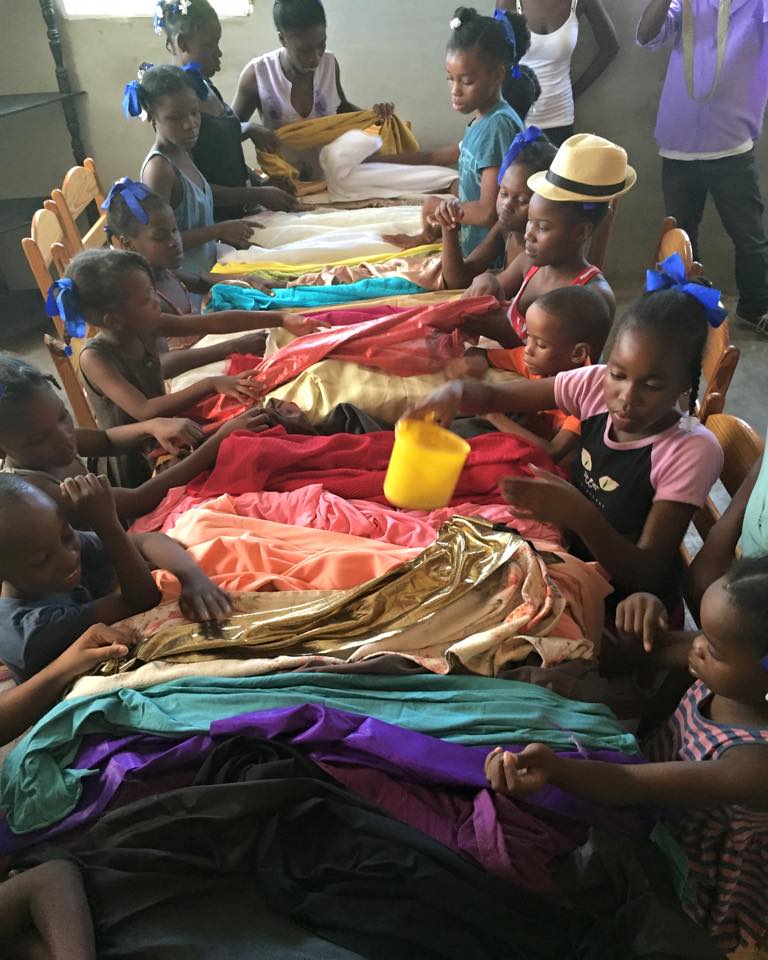
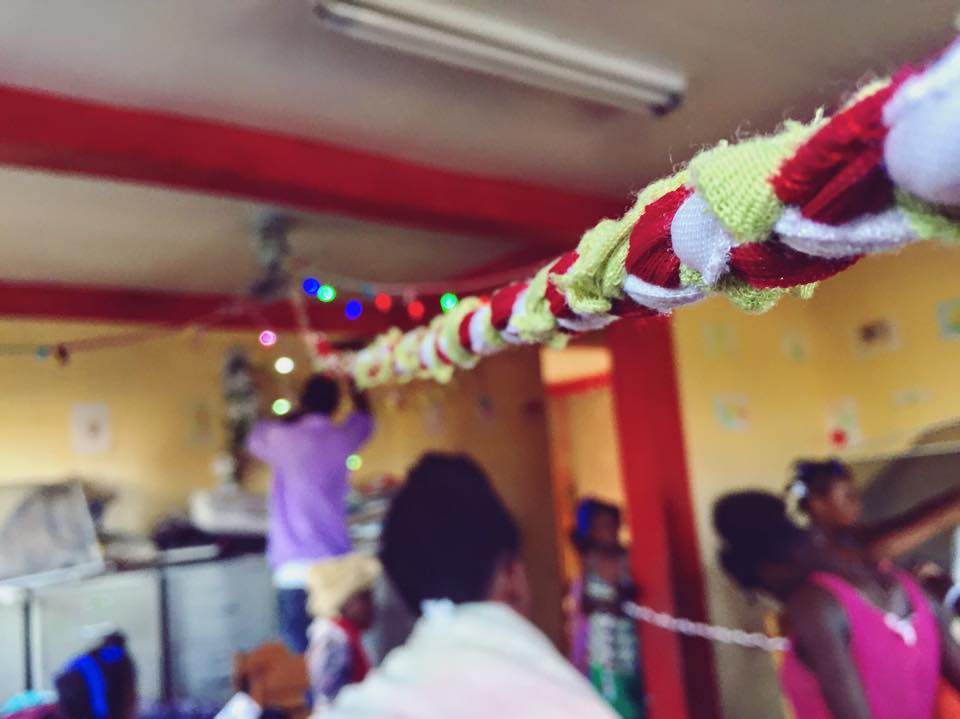
Mesì Gueldy René et Deesse Aishar Delismond for helping ??
-The Rainbow Brigade || Lakansyel Squad
